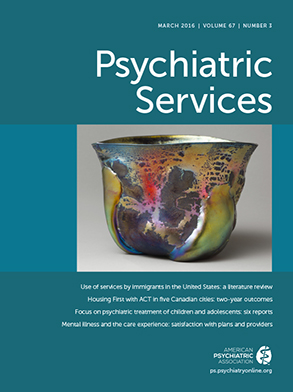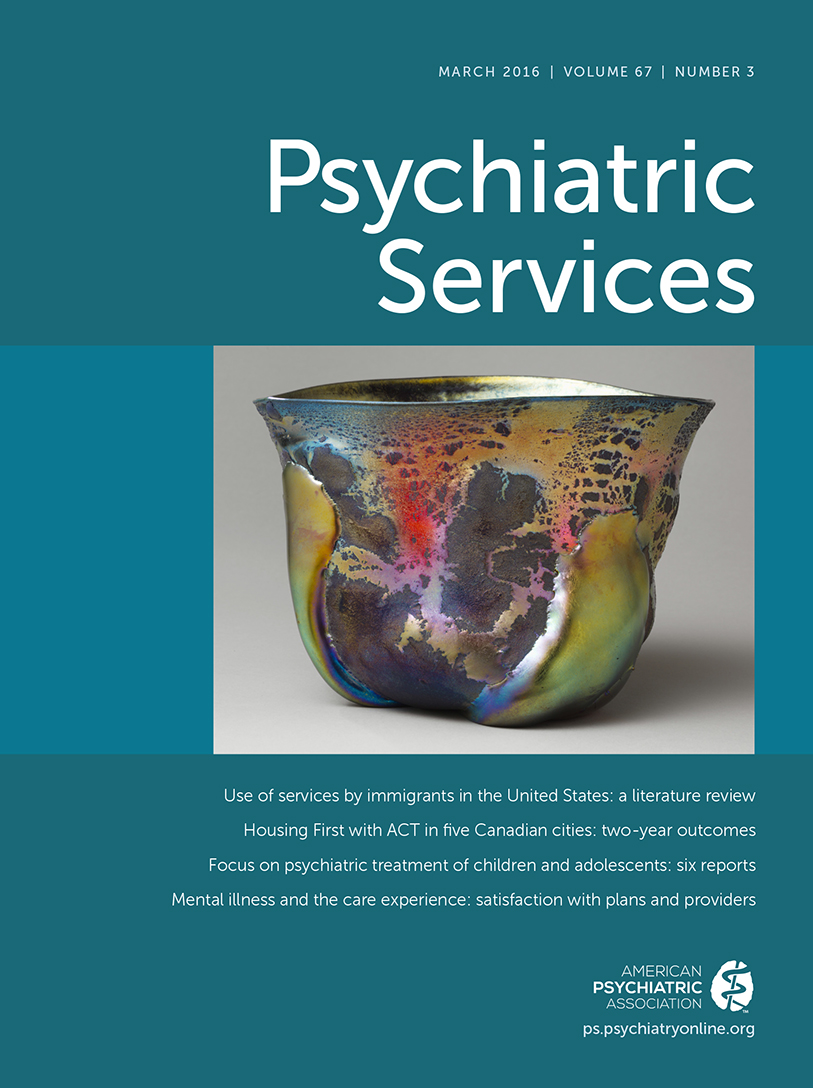The incidence of suicide is rising, with devastating consequences. Suicide prevention is one of the greatest challenges facing our health care system and society. Many efforts around the world—randomized controlled trials (RCTs), public information campaigns, primary care initiatives, and restriction of access to lethal means—aim to reduce suicide rates. A 2005 comprehensive analysis of 93 suicide prevention studies concluded that improving education and restricting access to lethal means were the most efficacious preventive efforts. Subsequent studies have had similar findings. For example, a 2008 five-country RCT of brief intervention and contact—assessing low-cost suicide screening and prevention efforts in acute care settings—found that professional encounters for at-risk clients enhanced protective factors and reduced suicide risk. Governmental programs have also had success. For example, Denmark’s 1989 program for adolescents curbed access to over-the-counter drugs commonly used in suicide attempts, and Danish rates of suicide, which were once equivalent to U.S. rates in the early 1990s, were halved by 2012.
In the United States, several large-scale and important prevention programs have been initiated, with titles such as Zero Suicide or Vision Zero. The Vision Zero program of Michigan’s Henry Ford Health System has succeeded in holding the mean annual suicide rate for its members to 5.77 per 100,000, whereas rates of suicide in the state of Michigan, which follows the current suicide prevention standard of care, have increased significantly to 10.82 per 100,000. “Zero Suicide” has been the call to action for programs from the Suicide Prevention Resource Center and the National Action Alliance for Suicide Prevention (the Action Alliance). The National Institute of Mental Health and the Action Alliance are now rigorously studying Vision Zero and other suicide prevention efforts.
These efforts are the vanguard of innovation desperately needed to prevent suicide. But more remains to be understood to develop successful approaches. Current best practices involve minimizing nonstatic risk factors, improving structured follow-up services, and maintaining contact with the at-risk individual. Programs such as Vision Zero enhance current prevention resources.
However, we strongly recommend that Vision Zero and Zero Suicide be expanded to the more aspirational “Envision Zero.” We have concerns about the unintended consequences of rallying around absolute zero. Given the present state of our science and community practice, most would agree that zero is not yet obtainable. So why worry about the word “zero”? Our fear is that given the devastation of suicide to caregivers, families, friends, and health care practitioners, the promise of zero may enhance the already problematic guilt and sense of failure among survivors, caregivers, and clinicians alike. Feelings of shame, accordingly, may erode the focus on “postvention” efforts, which are critical for survivors. Therefore, a balanced approach must also bolster resources for managing survivor guilt and providing postvention resources, which should also become a standard of care. With envisioning zero, we acknowledge that prevention efforts must continue as the primary goal of reducing suicide while we also recognize that prevention needs to be balanced with postvention efforts.
Suicide postvention, a crisis intervention strategy, aims to provide support to survivors attempting to cope with a suicide death, reduce the possibility of suicide contagion, and tackle the social stigma associated with suicide. Postvention is a critical proactive prevention effort when suicide occurs. Postvention efforts help diminish shame surrounding a suicide event and promote recovery for survivors (physicians, clinicians, peers, family members, and friends). Postvention is most effective when providers or peers reach out to bereaved survivors. For example, the peer-led Local Outreach to Suicide Survivors offers immediate support to a loved one, from counseling to helping clean up a victim’s home, with a team that includes a caregiver-survivor.
Postvention efforts are heterogeneous and imperfect; moreover, there are considerably fewer postvention best practices to guide survivors. Trauma-informed therapies, psychological first aid, and bereavement counseling are effective, but they lack an operationalized approach. Most postvention resources exist to manage school-age and adolescent suicide in order to facilitate appropriate mourning and grief, teach individuals potential warning signs of their own distress, and assist with reestablishing successful coping strategies. Evidence for the success of these efforts for adolescents and their caregivers varies. Two aspects are clear: postvention efforts need to be enhanced for all age groups, and more resources need to be invested in postvention.
Suicide prevention is a primary public health goal, and we seek the day when postvention efforts are unnecessary. Until then, postvention efforts and best practices need to be strengthened. Our language is important. “Envisioning zero” acknowledges the need to vigorously intervene after a suicide until postvention is no longer relevant.

